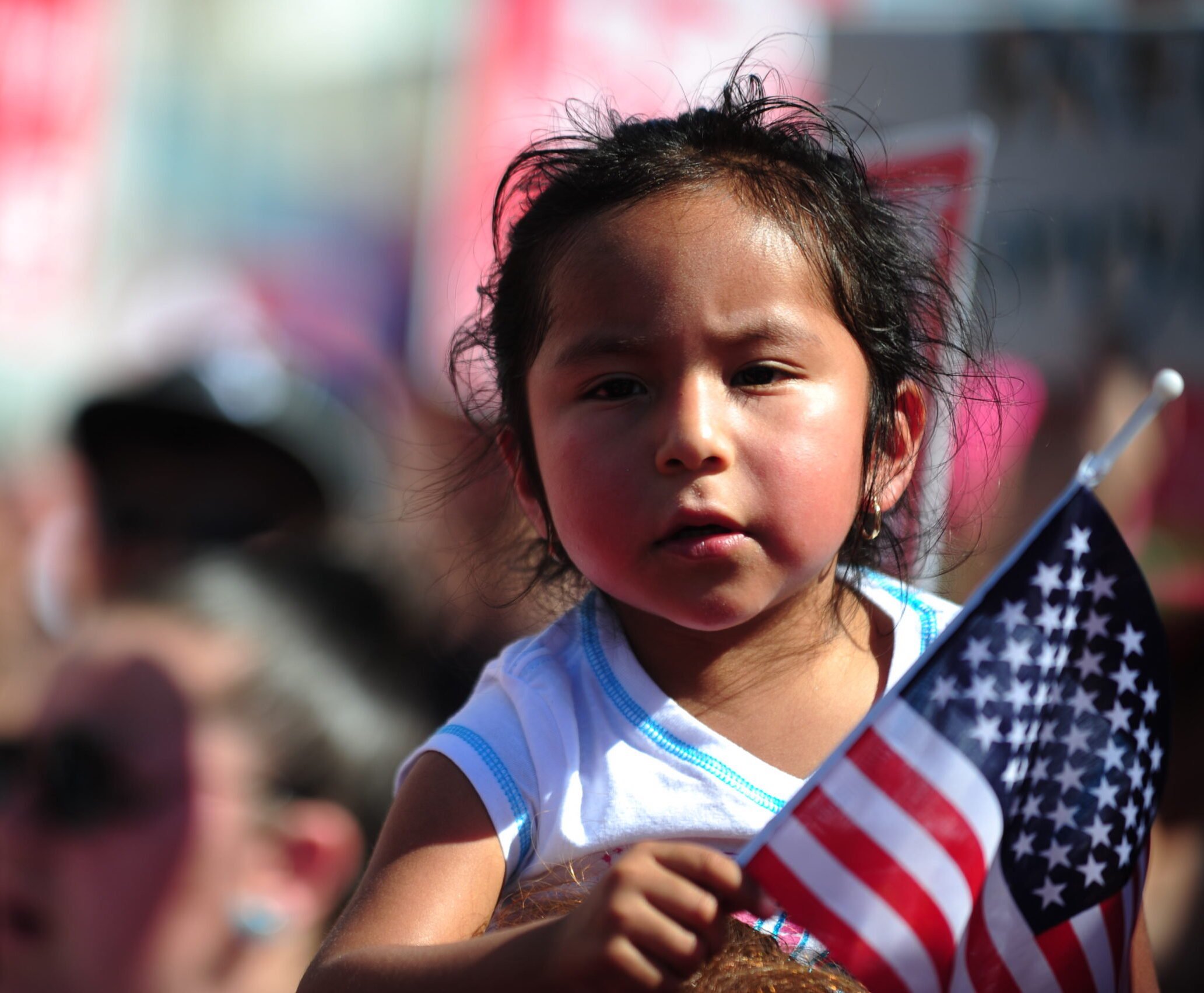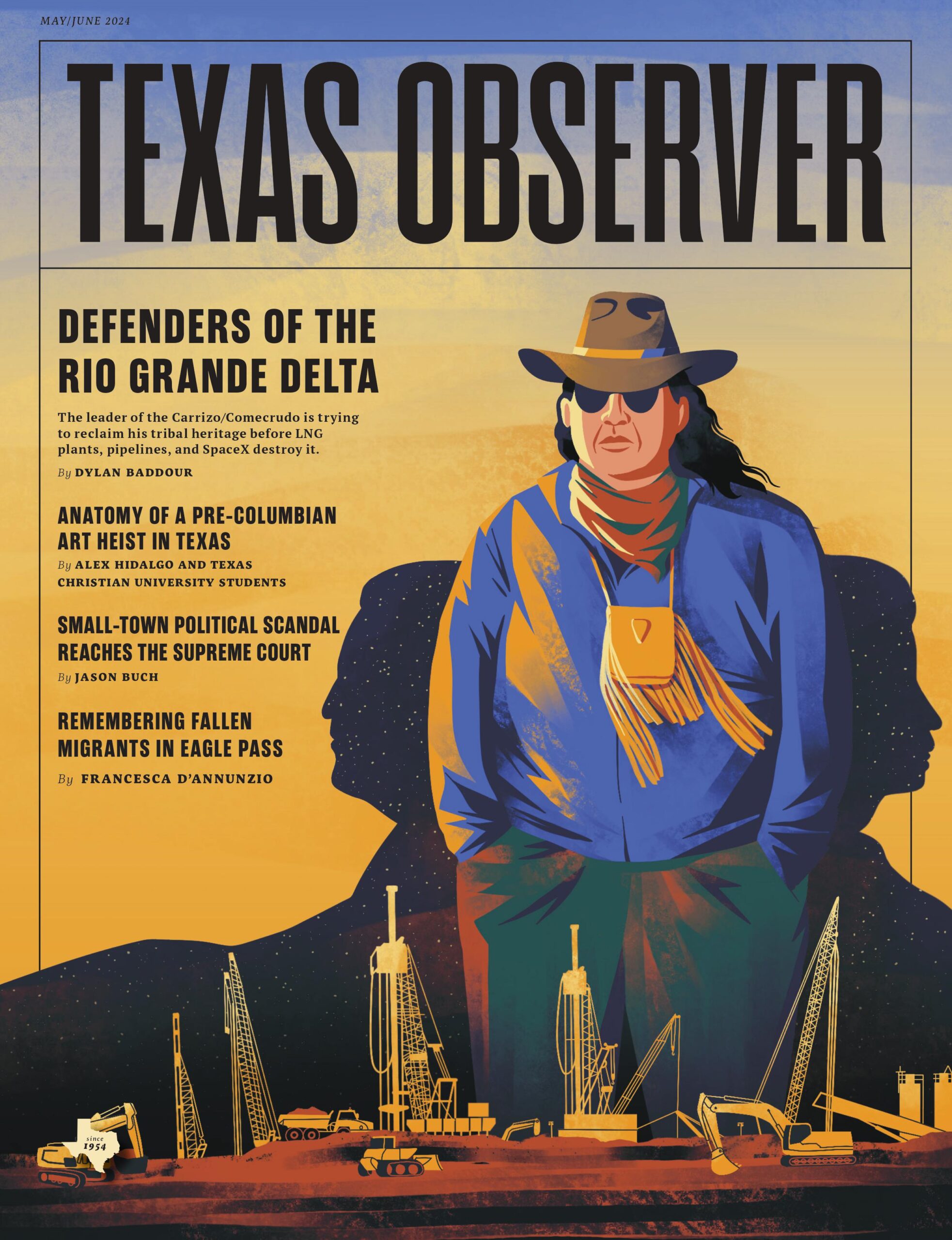ustxtxb_obs_1988_09_16_50_00020-00000_000.pdf
Page 18
The Roe v. Wade Story BY MARY ANN RILEY ROE V. WADE: The Untold Story of the Landmark Supreme Court Decision That Made Abortion Legal By Marian Faux New York: MacMillan, 1988 370 pages, $22.50 THE TENTH GRADE biology class I remember was decidedly lacking in drama, until one afternoon in the spring of 1970, when Sister Kathleen began reading aloud a Reader’s Digest exclusive: the would-be diary of an aborted fetus. The week-by-week tale of life inside the womb made all 30 of us squirm atop our squeaky lab stools. Even the most cynical among us took awhile to rebound from the last line. “Mother, mother,” it read, “why did you stop my life? We could’ve had so much fun together.” As I sat, shattered in the silence that followed, I could scarcely have guessed that before the decade was over, I’d console Catholic friends who’d undergone legal abortions, and chant “Our bodies, our lives, our right to decide” in anti-Hyde Amendment demonstrations. Many of us moved from innocence to activism in those years angrily, determinedly, but not without ambivalence. It is to Marian Faux’s credit that Roe v. Wade: The Untold Story of the Landmark Decision That Made Abortion Legal, while written from a pro-choice perspective, maximizes rather than minimizes the complexity of the issue. Whether examining the abortion controversy in its historical context or lighting the way through the cavernous legal process, Marian. Faux does not patronize her reader. As a result, the book not only tells a compelling story of individuals who made a difference but paints a portrait of an era one that students of this year’s Republican platform will acknowledge is not yet over. While that era began in the early 1960s, Roe v. Wade and Does v. Wade, two lawsuits filed against highly regarded Dallas County District Attorney Henry Wade in March of 1970, moved the abortion issue toward the national spotlight where it remains today. The plaintiffs, represented by attorneys Linda Coffee of Dallas and Sarah Weddington of Fort Worth, sought a court order to prohibit Wade, the prosecutor of Presidential assassin Lee Harvey Oswald and Jack Ruby, from Mary Ann Riley is an editor and freelance writer living in Washington D.C. prosecuting abortion cases. Since suits involving the constitutionality of state laws were then heard in federal courts, the cases were heard by the Fifth Circuit Court in Dallas where Assistant District Attorney John Tolle and Jay Floyd of the Texas Attorney General’s office, argued in defense of the state. The court found the 100-year-old Texas law unconstitutional but did not enjoin the state The author does not attempt to avoid the complexity of the abortion issue to stop enforcement of the law. Shortly thereafter, both sides appealed the case to the Fifth Circuit Court of Appeals. In August of 1970 the plaintiffs’ attorneys discovered that they could appeal the two consolidated cases to the Supreme Court. The case was accepted by the court and argued during the 1971 term. But the then recently-appointed Justice Harry Blackmun that he had written for the Court. Following a reargument of the case during the 1972 term, the Court rendered its decision. On January 22, 1973, the court ruled that a woman’s right to abortion was constitutionally protected, though in certain circumstances the state would be allowed to intervene to prevent abortions. The scope of Faux’s topic might easily intimidate the regular reader of Times bestseller nonfiction. But Faux keeps the nonlawyers among us awake by developing characters and rendering scenes that draw us into the story. As we dine with recent UT law school graduates Linda Coffee and Sarah Weddington and their future plaintiff, ticket-seller-turned-waitress, we begin to understand, for example, why Weddington, the second attorney on Roe and not the more experienced Coffee soon became the Dallas movement lawyer. Weddington immediately comes across as a woman who can “pull it off.” Period. She can wear a frilly dress and still command respect, rise to any public occasion, and infuse others with her minister’s daughter’s sense of purpose. In contrast, Coffee, the chief architect of the early Roe arguments, emerges as a talented and accomplished, but untheatrical and perennially unkempt young woman who has to be persuaded to buy new stockings before arguing Roe in court. The strength of these characterizations makes Norma McCorvey’s refusal to be all the more disappointing on two counts. First, while Faux’s tough but vulnerable McCorvey of 1970 most likely resembles the apartment manager that she is today, there can be no substitute for McCorvey’s most current observations on how she lived and felt during that time. This matter is by McCorvey’s recent admission to columnist Carl Rowan that she had not been raped. McCorvey’s rape was a “fact” that her lawyers had privately believed to be true though it was never brought up during the argument of the case. Second, as Faux so often acknowledges, those who continue to be most affected by the evolution of abortion laws since the Roe decision the noninsured working-class and Medicaid-eligible women of this country have more in common with McCorvey than they do with the middle-class reformers interviewed for The Untold Story. There’s a chance that McCorvey’s recollections might have added yet another dimension to this carefully researched book. The issue of access to abortion, and the challenges that issue metes out to abortion opponents and proponents alike, might have been brought into clearer focus this way. LEAVING SUCH speculation aside, there’s a lot more to this book than its often anecdotal approach might suggest. Faux succeeds in prompting us to study up on the complex issues involved by explaining them in straightforward English. The author also seizes this opportunity to dispel several popular misconceptions about abortion. Faux offers, for example, the observation that the practice only fell into disrepute in 19th century America, as doctors moved to upgrade their profession and establish control over health care services. She also concludes that Western society has not always considered abortion a moral evil. It apparently wasn’t accorded such status, even in canon law, until the 19th century. My only reservation about this section has to do with Faux’s oblique references to the evolution of the Catholic Church’s 20 SEPTEMBER 16, 1988


